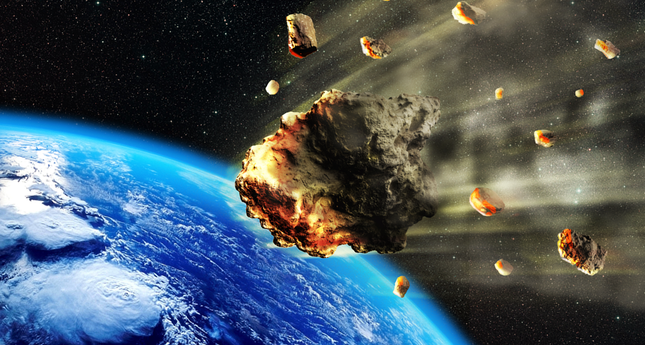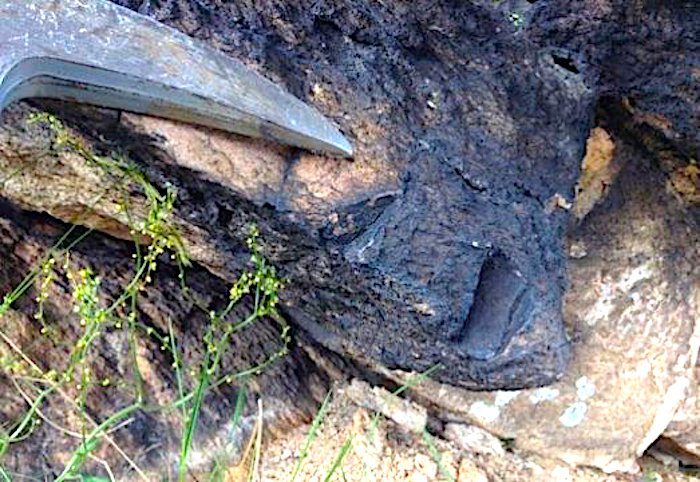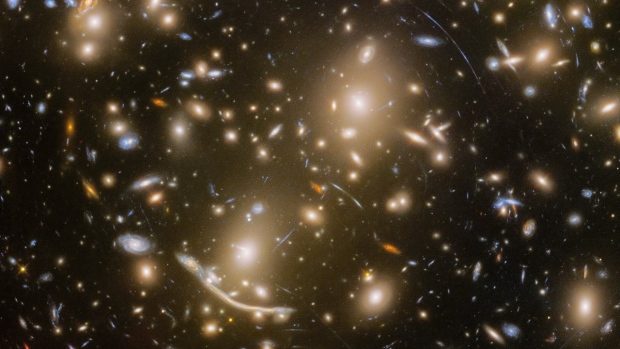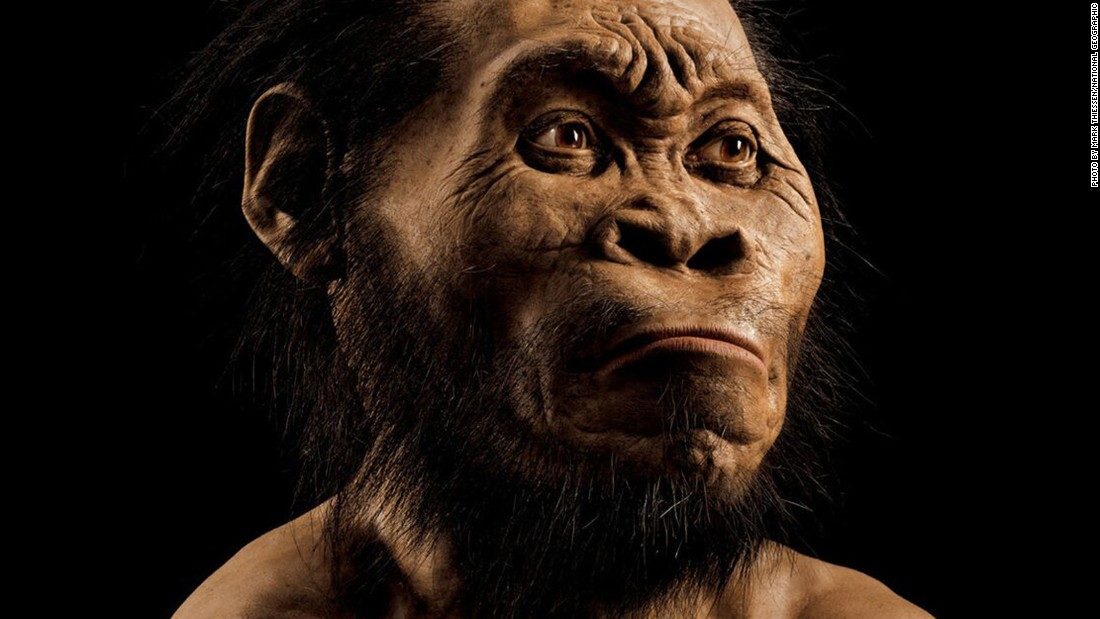
© Getty ImagesA giant clock.
You can't really enter into "
another dimension" as science fiction would have you believe. Instead, dimensions are how we experience the world. But some aspects actually suggest to one expert, not one but two dimensions of time.
If it were true, the theory could actually heal the most glaring rift in physics—between quantum mechanics and general relativity.That's according to Itzhak Bars of the University of Southern California, Los Angeles. The normal three dimensions including up-down, left-right, forward-back, and space-time. In Bars's theory, time isn't linear, but
a 2D plane in curvature interwoven throughout these dimensions and more.
Dr. Bars has been crafting "two time physics" for over a decade now. It all started when he began questioning the role time plays in relation to gravity and other forces. Though the idea of more dimensions sounds bizarre, more and more physicists are considering the idea, because it could allow for the coveted unified theory of physics or "
theory of everything" to take shape. This would bring together all the fundamental forces of the universe into one clean, mathematical equation.
Two-dimensions of time would make time travel possible. Instead of being linear, at some point time loops back on itself. In this way, you could travel back or forward in time. It also raises the specter of the "grandfather paradox." This is killing your maternal grandfather, accidentally, before your mother is born, negating your own birth.
So if there are all these extra dimensions, how come we don't experience them? In two time theory, they're so infinitesimally small, we can't see them. In this view, we move through these tiny, balled up dimensions all of the time, but never notice them.




Comment: Failing infrastructure is just one possible cause. Sinkholes are also linked to other earth changes and weather events. See Sinkholes: The groundbreaking truth for more details on how these events connect to current day cosmic and earth changes.